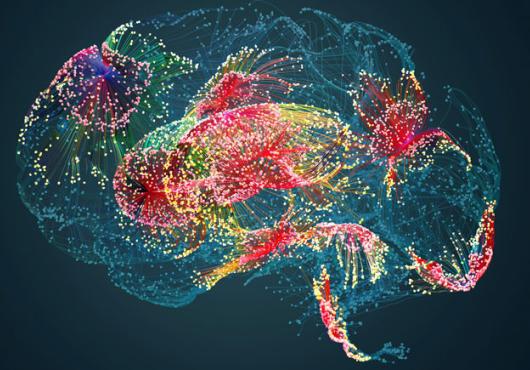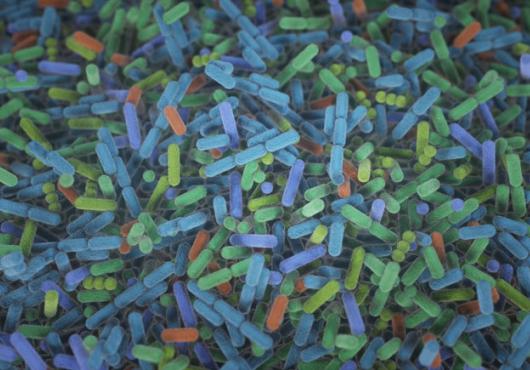
Patients with Alzheimer’s disease and other forms of dementia commonly experience sundown syndrome: a sudden worsening of confusion, agitation and aggression at the end of the day.
This daily pattern suggested that sundowning, as the phenomenon is also known, may be governed by the body’s internal biological clock. Synchronized by light and darkness, the circadian clock exerts control over wake/sleep cycles, body temperature, digestion, hormonal cycles and other physiological and behavior patterns. Whether the circadian clock regulated aggressive behavior was unknown.
Now, for the first time, Harvard Medical School neuroscientists at Beth Israel Deaconess Medical Center have demonstrated circadian control of aggression in male mice and have identified the specific neurons and circuitry regulating the daily pattern. The insight opens the door to potential opportunities for managing the evening-time agitation common in patients with degenerative neurological disorders. The study was published in Nature Neuroscience.
“Sundowning is often the reason that patients have to be institutionalized, and if clinicians can control this circuit to minimize aggressiveness at the end of the day, patients may be able to live at home longer,” said senior author Clifford Saper, the HMS James Jackson Putnam Professor of Neurology and chair of the department of neurology at Beth Israel Deaconess.
“We examined the biological clock’s brain circuitry and found a connection to a population of neurons known to cause violent attacks when stimulated in male mice. We wanted to know if this represented a propensity for violence at certain times of day,” he said.
Saper and colleagues observed aggressive interactions between male mice. They observed the resident mice defending territory against intruders introduced to residents’ cages at different times throughout the day. Counting the intensity and frequency of residents’ attacks on intruders revealed for the first time that aggression in male mice exhibits a daily rhythm.
“The mice were more likely to be aggressive in the early evening, around lights out, and least aggressive in the early morning, around lights on,” Saper said. “It looks like aggressiveness builds up in mice during the lights on period and reaches a peak around the end of the light period.”
Next, the scientists used genetics-based tools to manipulate neurons known to relay information from the central circadian clock. When Saper and colleagues inhibited these neurons by disabling their ability to produce a specific neurotransmitter, the mice lost the daily waxing and waning of their aggressive tendencies. These genetically manipulated mice were more aggressive overall, demonstrating a significant increase in total time attacking intruders.
Using optogenetics, a technique that uses light to activate or deactivate targeted brain cells, to map brain circuitry revealed two parallel pathways between the biological clock and a population of neurons in a subregion of the hypothalamus known to cause violent attacks when stimulated in male mice.
Taken together, the experiments showed that this circadian circuit kept aggressiveness in check in the early morning; stimulating it prevented attack, while inhibiting it promoted attack. Because stimulating the neurons in question cools off aggression, Saper suggests that controlling this circuit could potentially make animals, and perhaps people, less aggressive.
“Our results in mice mimic the patterns of increased aggression during the early resting phase seen in patients during sundowning,” said first author William Todd, HMS instructor in neurology at Beth Israel Deaconess. “This new research suggests this pathway may be compromised in neurodegenerative diseases. Examining changes to this pathway in patients could provide insight into future interventions that could greatly improve the quality of life for patients and caregivers alike.”
This work was supported by the G. Harold and Leila Y. Mathers Foundation and the National Institutes of Health. Additional support came from the Alzheimer’s Association, National Health Council for Scientific and Technological Development, and Coordination for the Improvement of Higher Education Personnel.
Adapted from a Beth Israel Deaconess news release.





